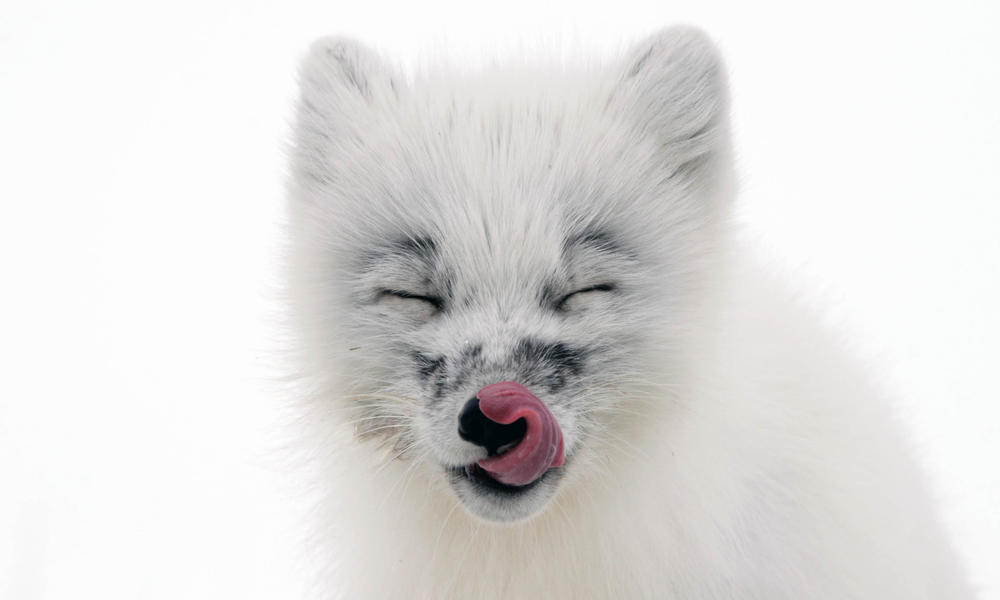
The arctic fox is the species of land mammal native to Iceland.
The Arctic fox is primarily a carnivore that lives inland, away from the coasts. They are dependent on the presence of smaller animals (most often lemmings) to survive. Arctic foxes also hunt for sea birds, fish, and other marine life. Smaller rodent populations waver between times of abundance and scarcity, which leaves the Arctic fox vulnerable when these creatures are low in numbers.
Polar bears have also made their way to Iceland over the centuries but not native. Other mammals found in the wild have been brought by humans, either deliberately (reindeer, mink) or inadvertently (mice and rats). Farm animals and pets may be released or escape into the wild but are not classified as wild animals.

The Icelandic Sheepdog is Iceland’s only native dog breed, and the breed is as old as the nation itself. The ancestors of these Nordic spitz dogs arrived on the island with its first human inhabitants in the late 800s and were used to herd and guard sheep, horses, and cattle. The Icelandic Sheepdog was brought to the United States in the 1950s, following concerns about potential extinction, and today, these small-to-mid-sized working dogs make loyal, loving family pets.
Icelandic Sheepdog was bred by Iceland’s early settlers to safeguard livestock and bring sheep down from the mountains in fall. Unusually for herding dogs, they work independently and by instinct, rather than following a master. This requires them to be hard-working, highly alert, intelligent, hardy, and agile dogs qualities they retain to this day.
The IINH conducted a major study on Iceland’s wild reindeer population in connection with a planned dam project at Eyjabakkar. With the exception of this study, which took place from 1978 until 1983, the IINH has not employed experts to carry out research on land mammals. Research of this nature now takes place at other institutions in Iceland, namely:
- University of Iceland (arctic fox, field mouse)
- West-Iceland Institute of Natural History (mink)
- East-Iceland Institute of Natural History (reindeer)
Marine mammal fauna in the waters surrounding Iceland is richer and more diverse. Two seal species (grey seals and harbour seals) regularly pup in Iceland, while four other species of seal (Arctic ringed, harp, hooded and bearded seals) and walruses are occasional guests to Iceland.
A total of 23 dolphin and whale species have been spotted in Iceland’s territorial waters. The IINH systematically collects information on whales sighted in the waters around Iceland. Research on whales and seals takes place at the Marine Research Institute.
One thought on “Native Animals of Iceland.”